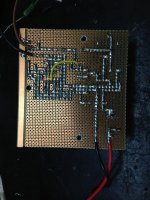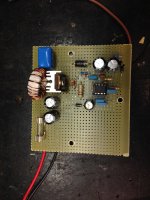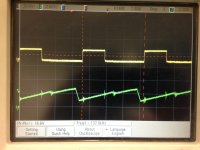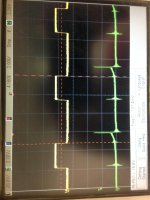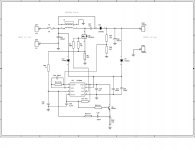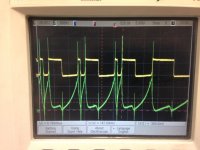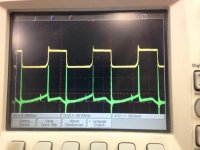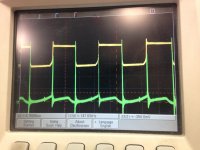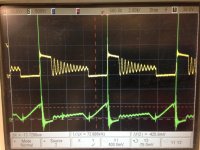falcosms
New member
Hello all
I made a sepic converter with UC3843. But i had problems with the regulation and current behavior in the mosfet.
the input is 10 ~25V and output is 14V 0,8A.
When the input is above 14V, the current in mosfet is good, but under 14V, the current is not correct, like the attached waveforms, output current of 500mA.
I have tried to change the frequency and inductor values (240uH, 500uH, 1,2 mH) but i don´t have sucess.
Anybody can help me?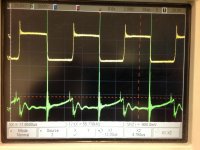
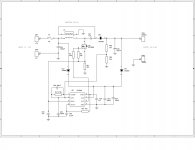
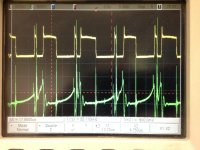
I made a sepic converter with UC3843. But i had problems with the regulation and current behavior in the mosfet.
the input is 10 ~25V and output is 14V 0,8A.
When the input is above 14V, the current in mosfet is good, but under 14V, the current is not correct, like the attached waveforms, output current of 500mA.
I have tried to change the frequency and inductor values (240uH, 500uH, 1,2 mH) but i don´t have sucess.
Anybody can help me?




